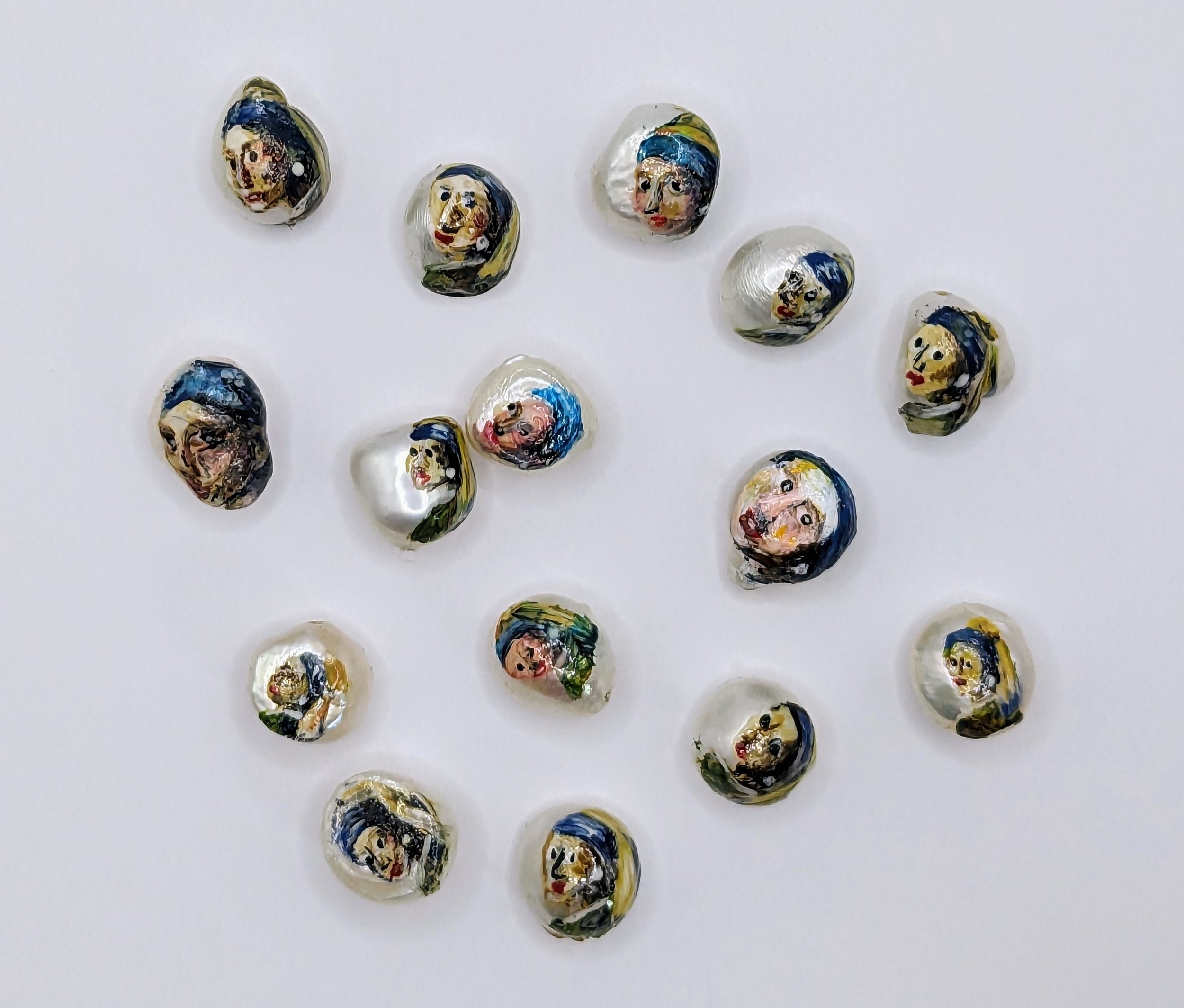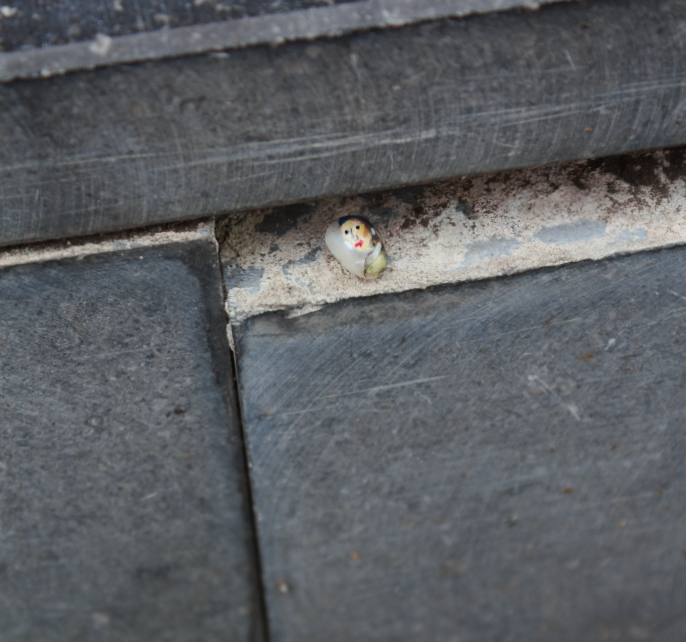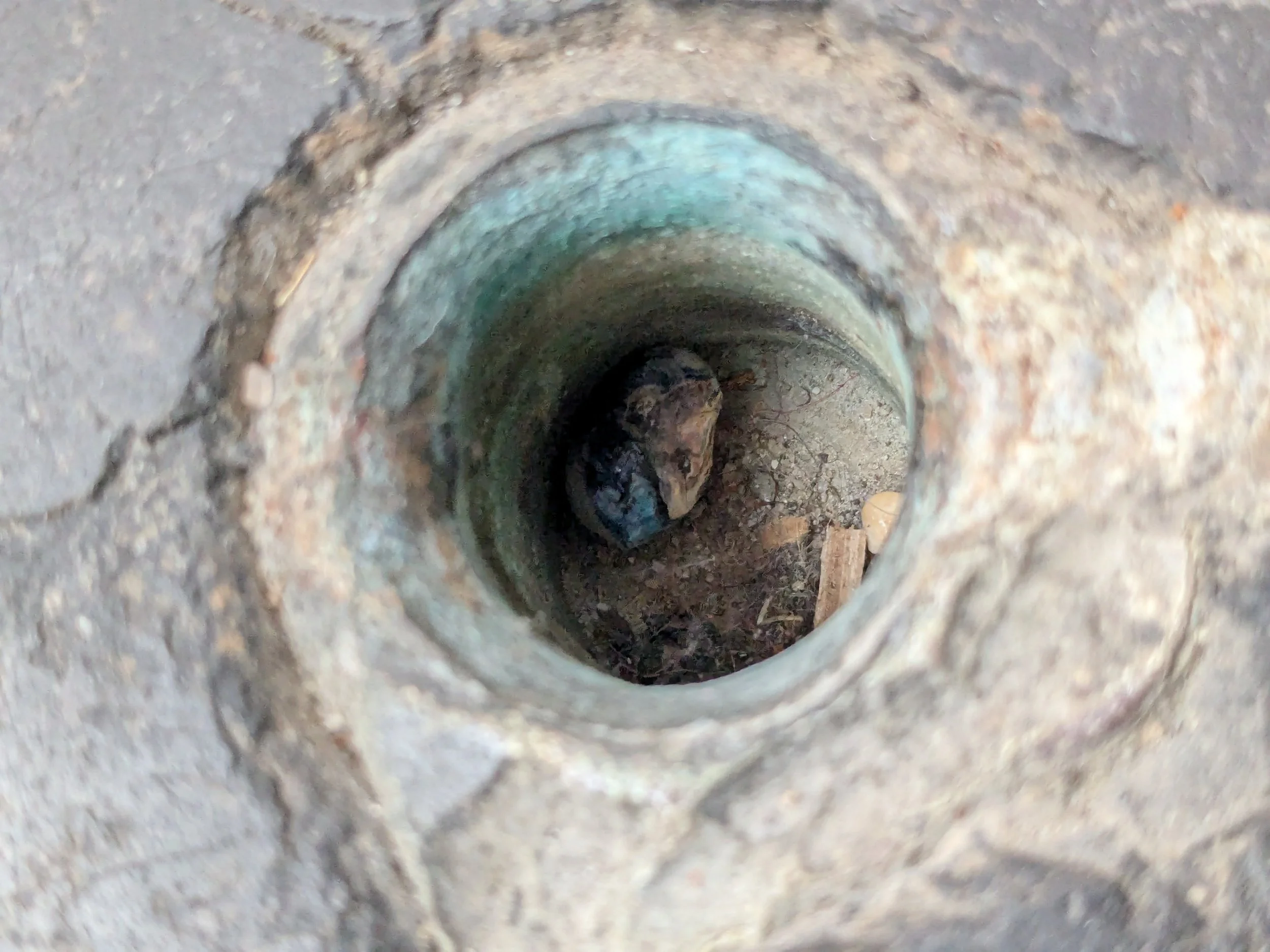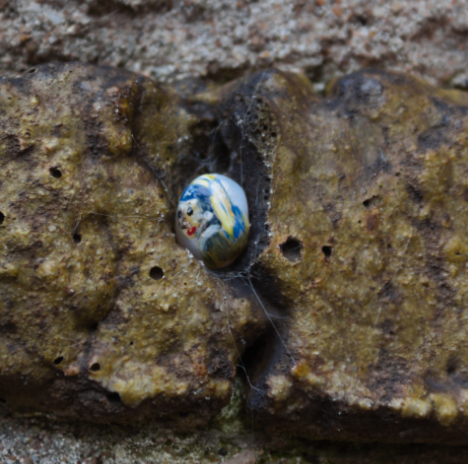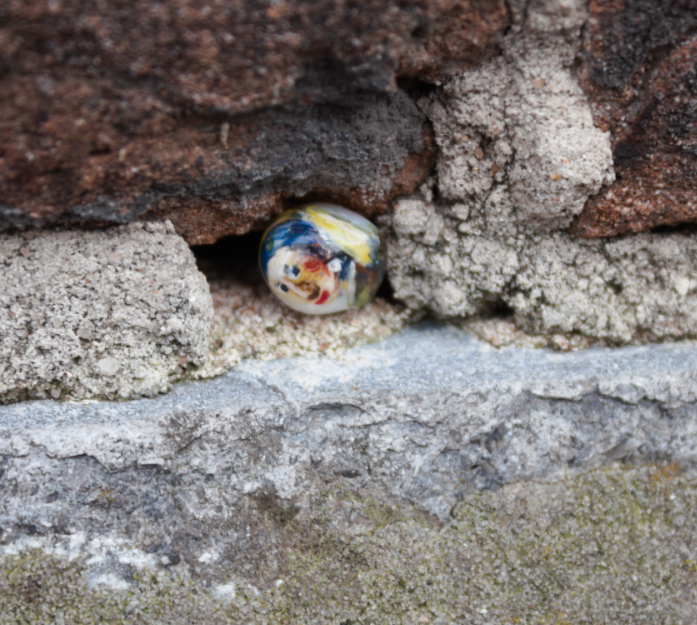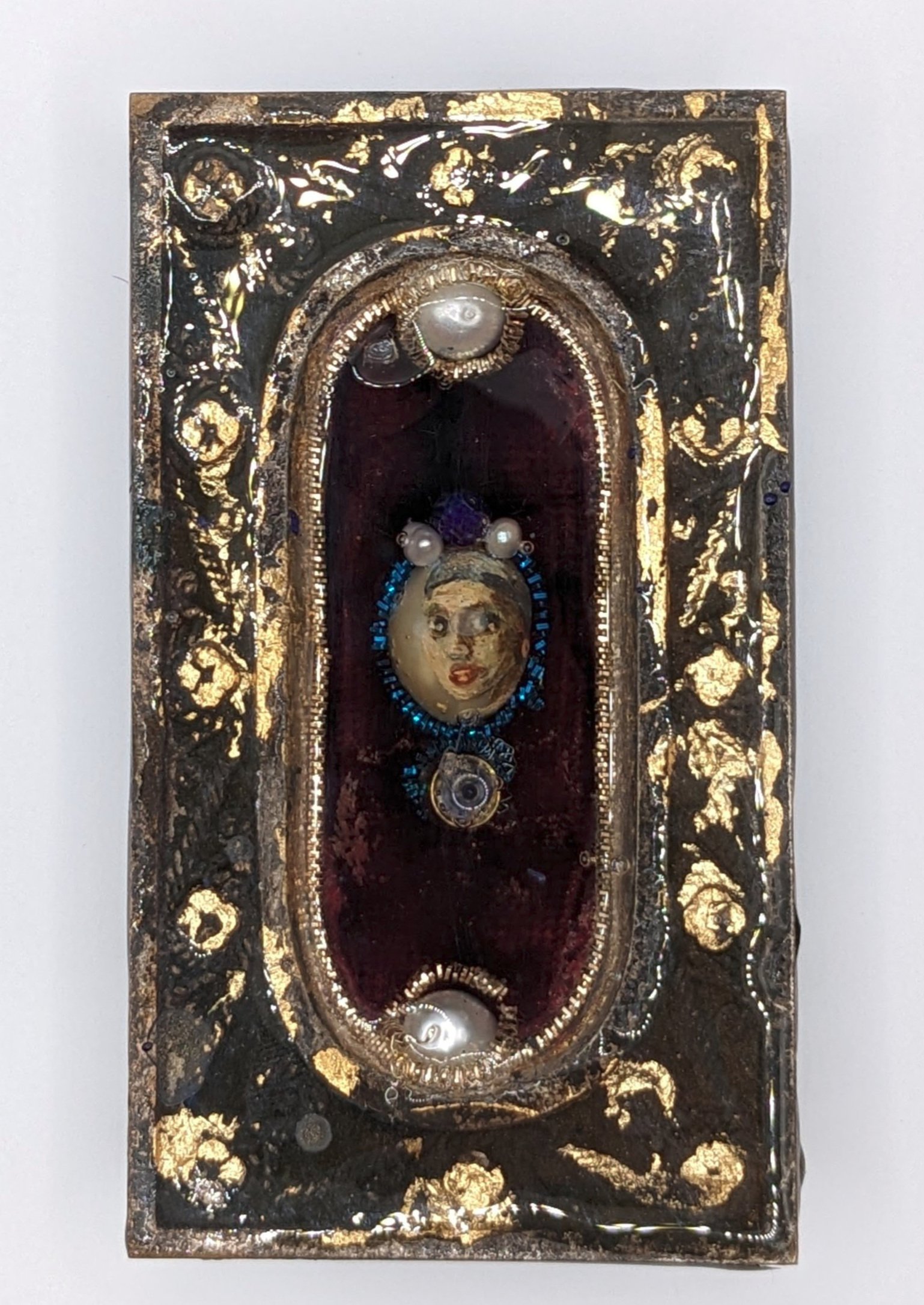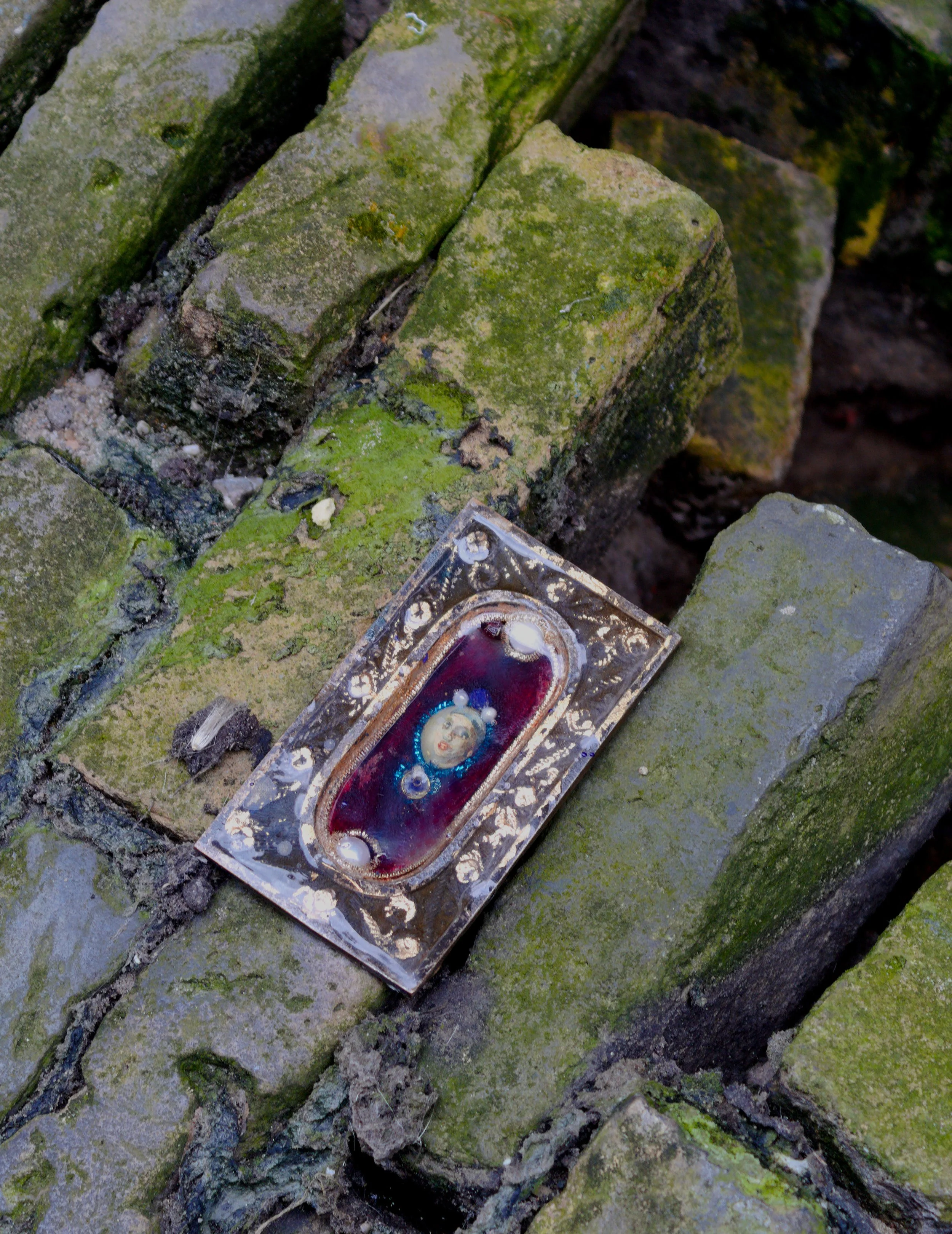Sphynx of Delft
Micro guerilla art in Delft and beyond
The sphinx sits and paints
Tall as the crooked church leans
Against delft blue skies
Johannes Vermeer, that famous painter of Dutch interiors and Dutch interior life, is one of the most elusive sphinxes of the art world. So much so that he is often known as “the Sphinx of Delft” due to the mysteries shrouding his life and practice. There are no notebooks, no journals, no sketches, no resumes or work histories, no early or in-progress works, and few contemporaneous accounts. His story is but conjectures wrapped in myths wrapped in legends, as all that’s survived are 36 paintings and the scantest of biographical details.
Which makes it difficult to infer concrete biographical meaning in his work. Who and why and how Vermeer painted; all this information has been lost to the sands of time. In fact, for two centuries his work also languished in obscurity– attributed to other, more famous artists – only to be plucked from anonymity by Théophile Thoré-Bürger’s scholarly excavations. One of the few biographical lens we can use to understand his work are the very streets of Delft itself. Like many old city centers in the Netherlands, much of historic Delft is still intact and we can visit perhaps not the buildings, but the general locations, that Vermeer would have visited in his time.
For this series, I am creating various painted pearl “micro-sculptures” that I’m leaving guerilla art style in places significant to Vermeer’s life. Places he lived, that he painted, that he worshiped at, and that he was buried. To date, I’ve left eleven pieces in ten different locations in Delft, with a plan to create two additional micro-sculpture styles to leave by the end of 2024.
Oude Kerk
Painters Guild
Oude Kerk
Nieuwe Kerk
Maria van Jessekerk (former site of Delft’s Catholic Schuilkerken)
Maria van Jessekerk (former site of Maria Thins’ House)
Kunstbunker bij Castricum
In 2025 I am expanding this series to include sights around the Kuntsbunker in Castricum, This is the location where much of the Rijksmuseum collection — including their Vermeers — were stored during the first half of WWII. Within walking distance of my house, I want to celebrate this site for it’s role in preserving the history of Dutch art, as well as for the chance it affords to conduct interventions in a more natural context.

